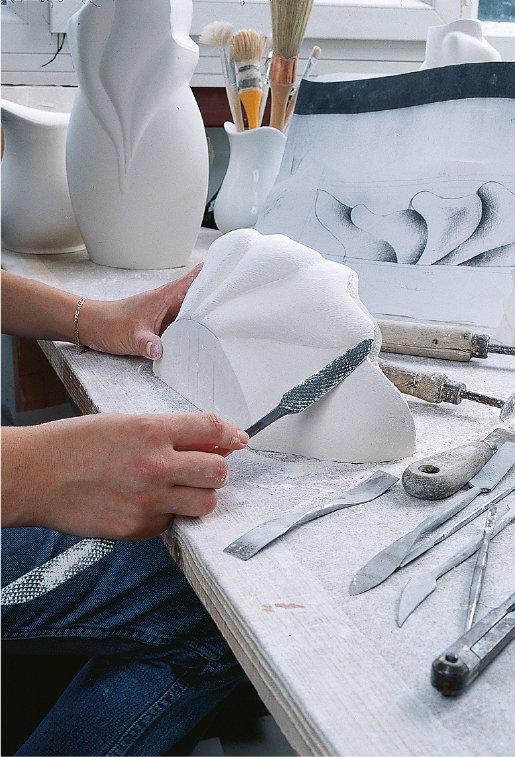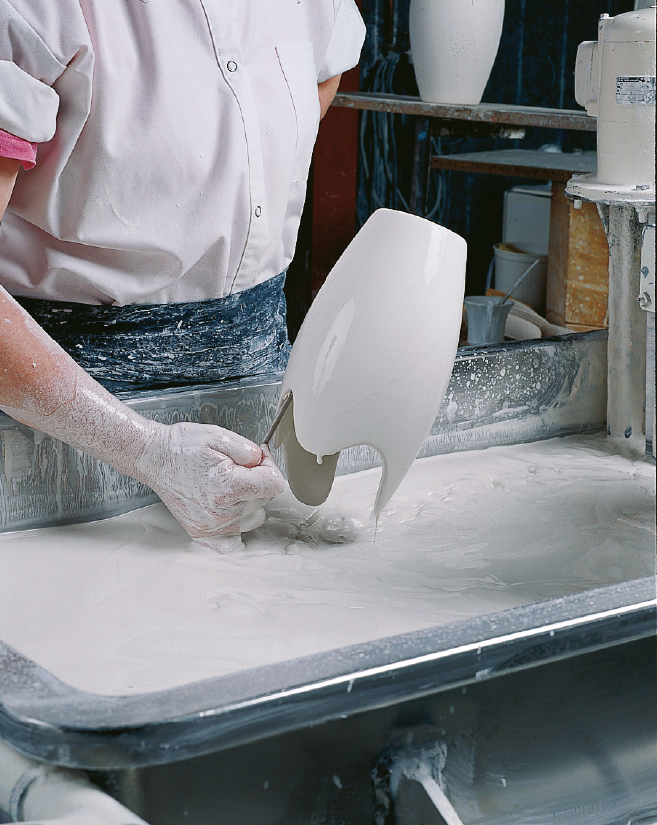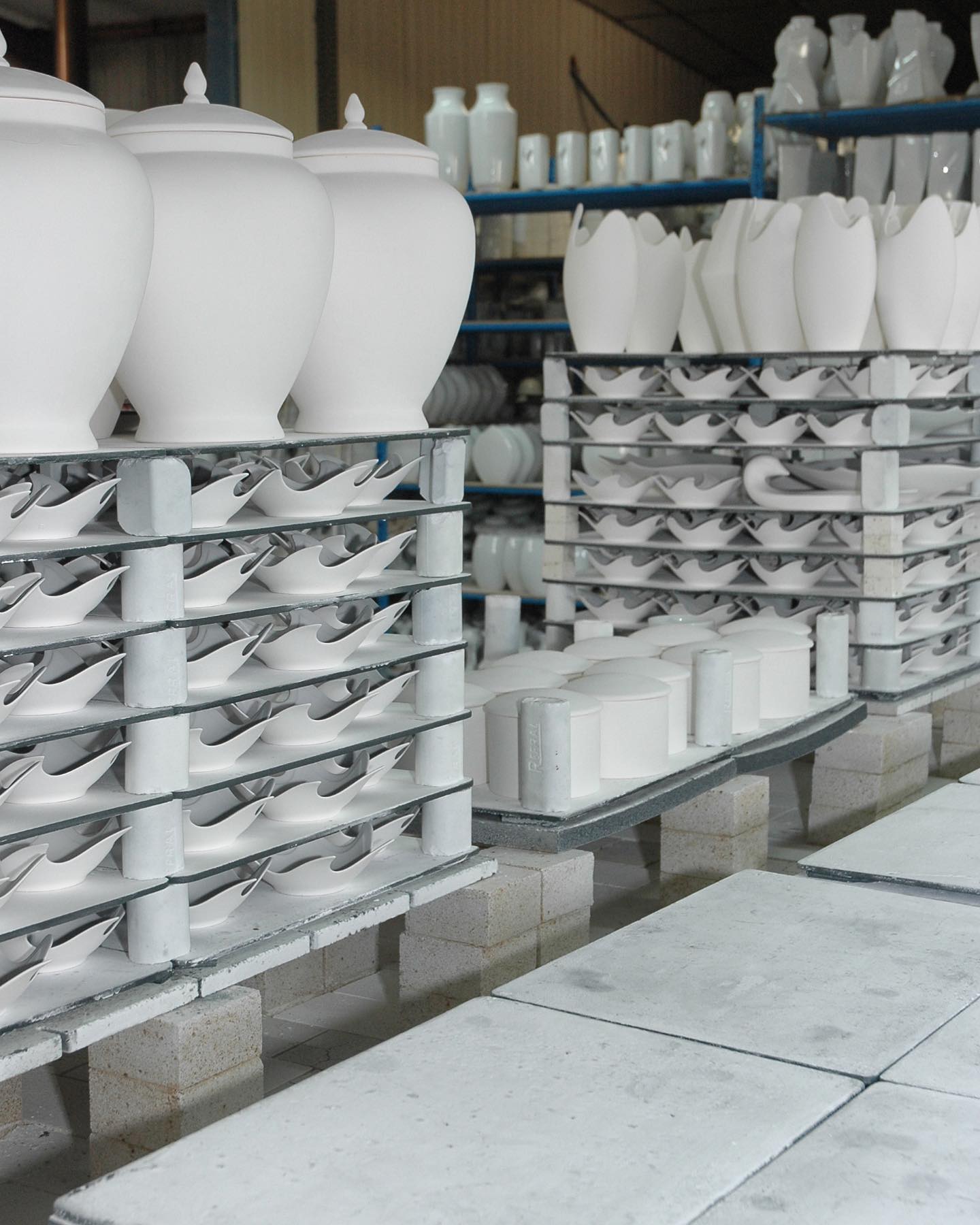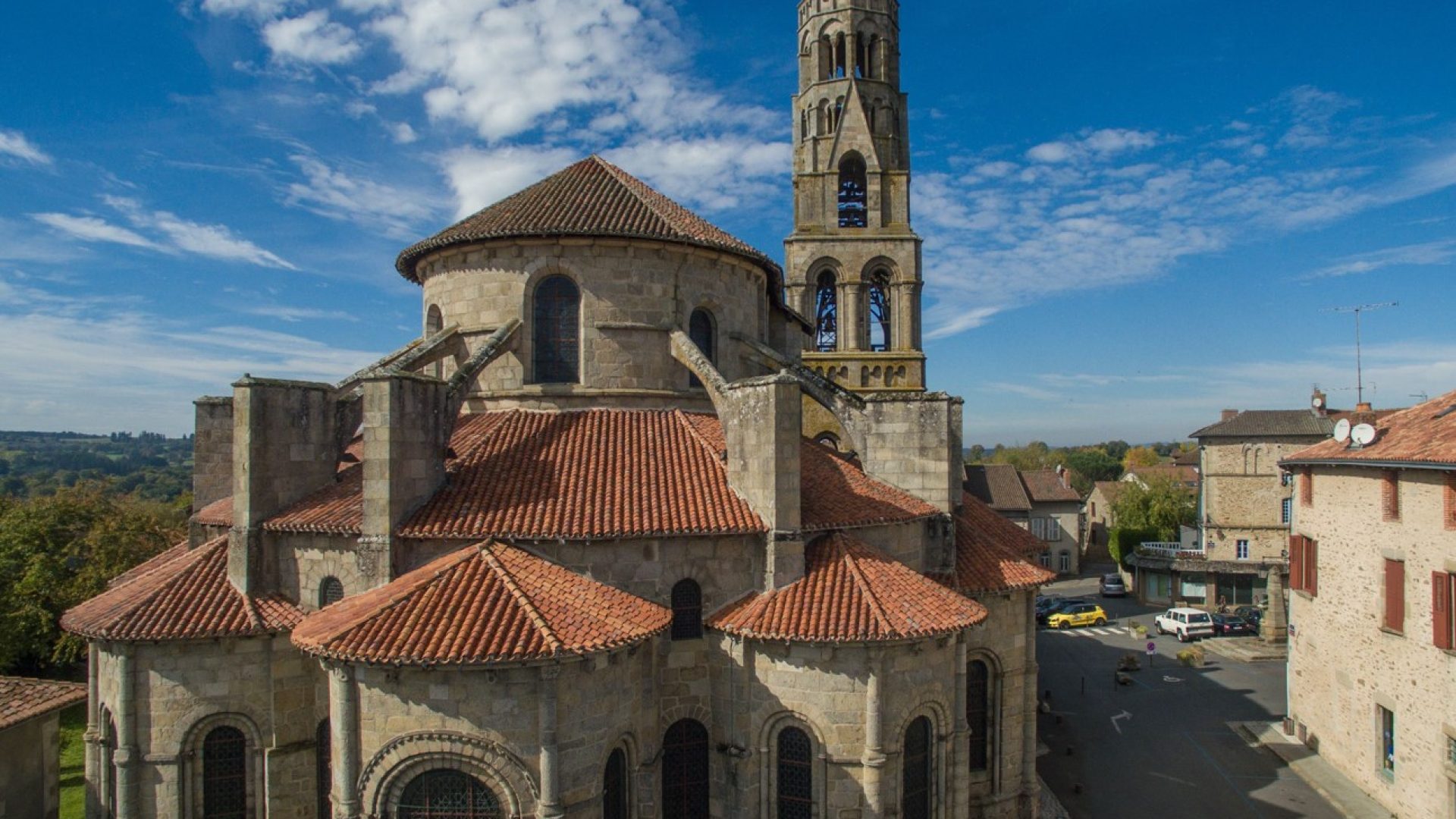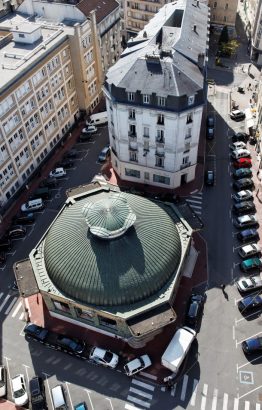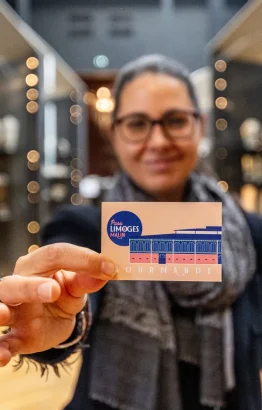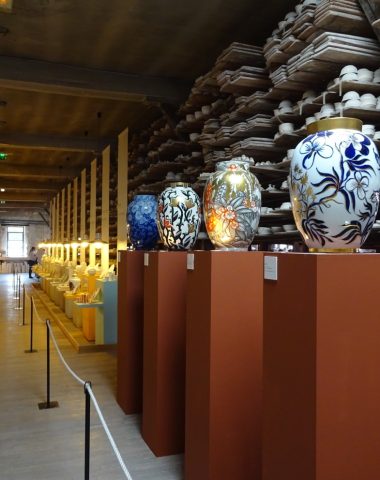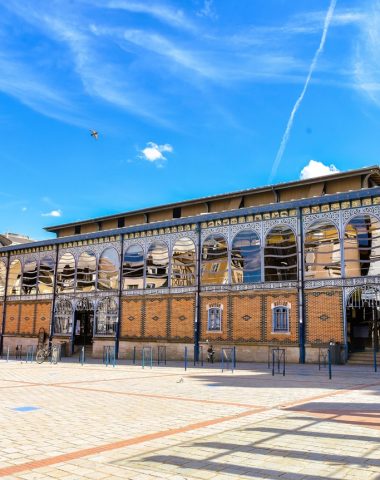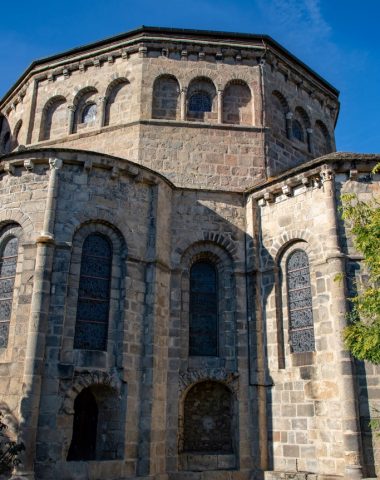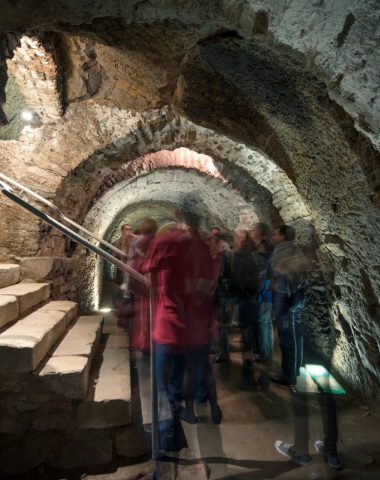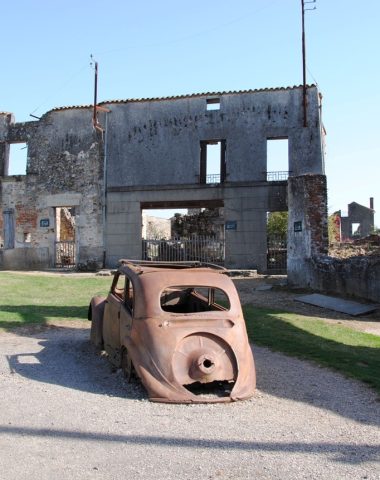About twenty kilometers east of Limoges, well anchored on a plateau dominating the Vienne valley, the town with its rich medieval heritage devoutly surrounds its Romanesque collegiate church, listed asUNESCO under the routes to Santiago de Compostela. Its holy founder is still venerated in eight hundred places of worship scattered throughout Europe. Saint Léonard de Noblat was very early renowned for its craft activities – wood, leather and porcelain.
The meowtoune city and its medieval streets
In the old heart, alleys and squares converge towards the collegiate. The two-storey houses feature harmonious facades, underlined by granite arcades and flanked by turrets. Architectural details like knockers and ironwork abound.
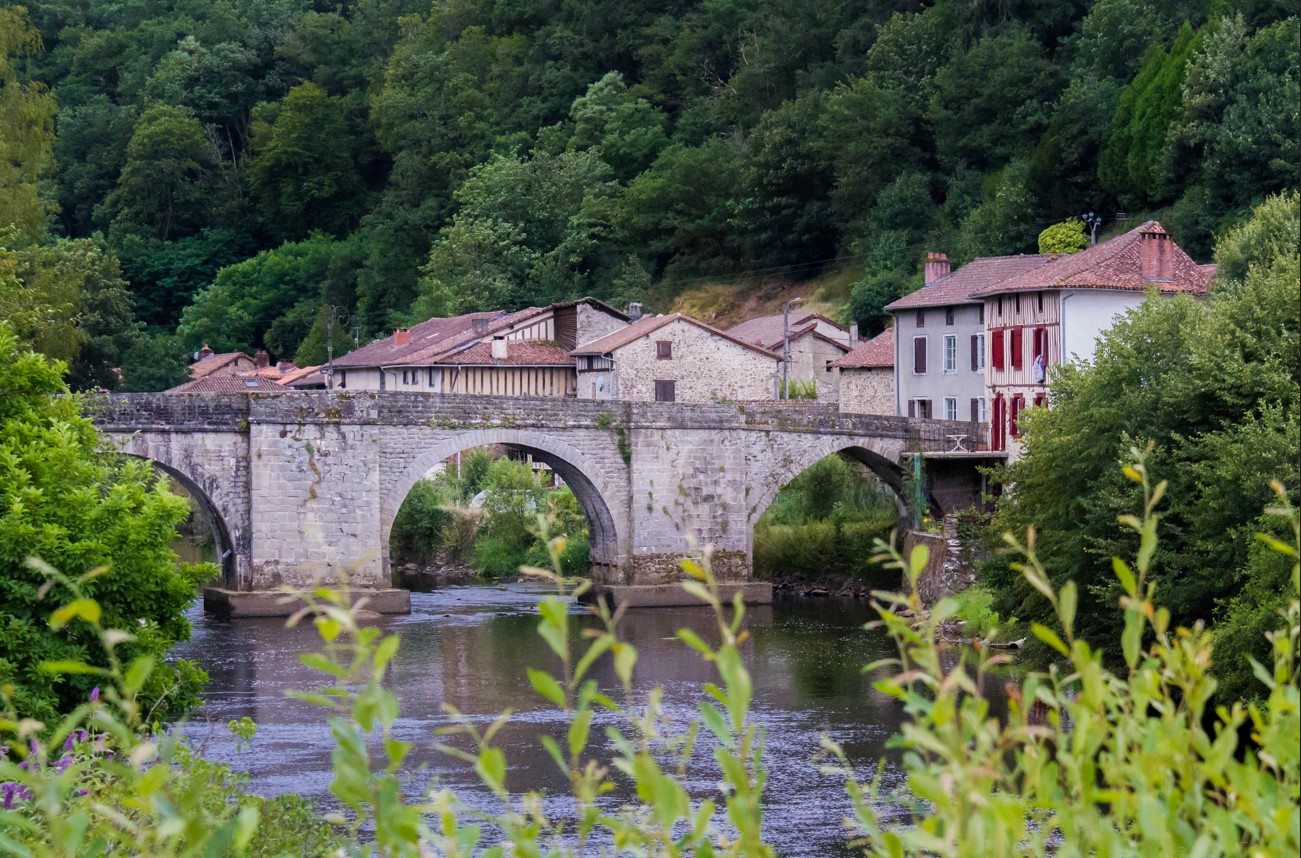
The collegiate church, a jewel of Romanesque art
It's in the XIe century that the building came out of the ground, on the site of the shrine tomb of the saint who had settled in the region at the beginning of the VIe century. Tomb which, like the lock and the reliquary shrines, is kept in the collegiate church.
Modified until the XNUMXth century, the Romanesque collegiate is remarkable for its bell tower porch, its gabled windows, its rotunda serving as a baptistery and its Limousin portal. On the inside : a vaulted nave, lantern tower, vast choir with ambulatory lit by 7 radiant chapels as well as the tomb of Saint Leonard, patron saint of prisoners and pregnant women.
Asset component “Roads of Santiago de Compostela in France“, the collegiate church of Saint Léonard de Noblat has been listed as a UNESCO World Heritage Site since 1998.
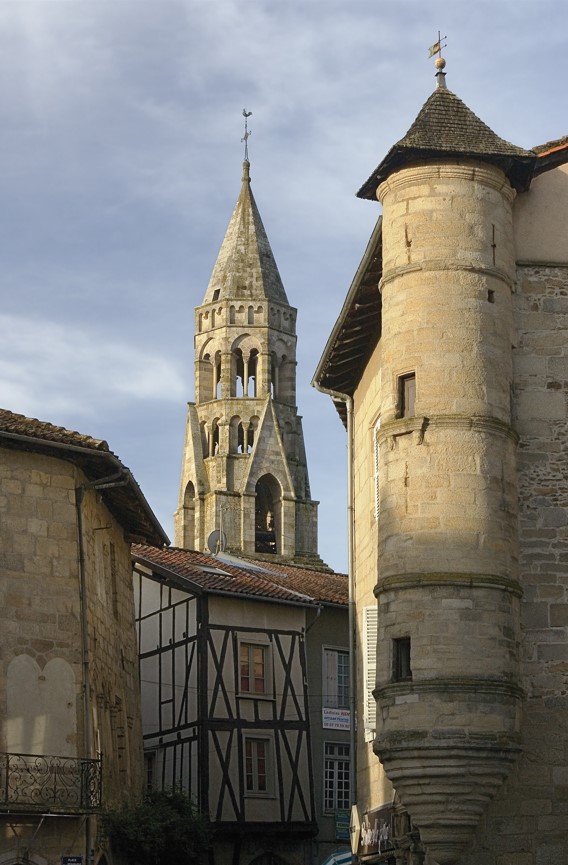
Mills, tanneries, paper mills
Saint Léonard de Noblat experienced intense activity thanks to the use of driving force of water. From the Middle Ages, the edges of Vienna et du Tard resonate with the incessant noise of mills (for grain, oil, paper, etc.), hammers for beating copper and iron, tannery and tanneries? In the XNUMXth century, porcelain factories replaced some of the traditional activities. Two of them are still active today: the Manufacture des Porcelaines Carpenet and the Manufacture Jean-Louis Coquet.
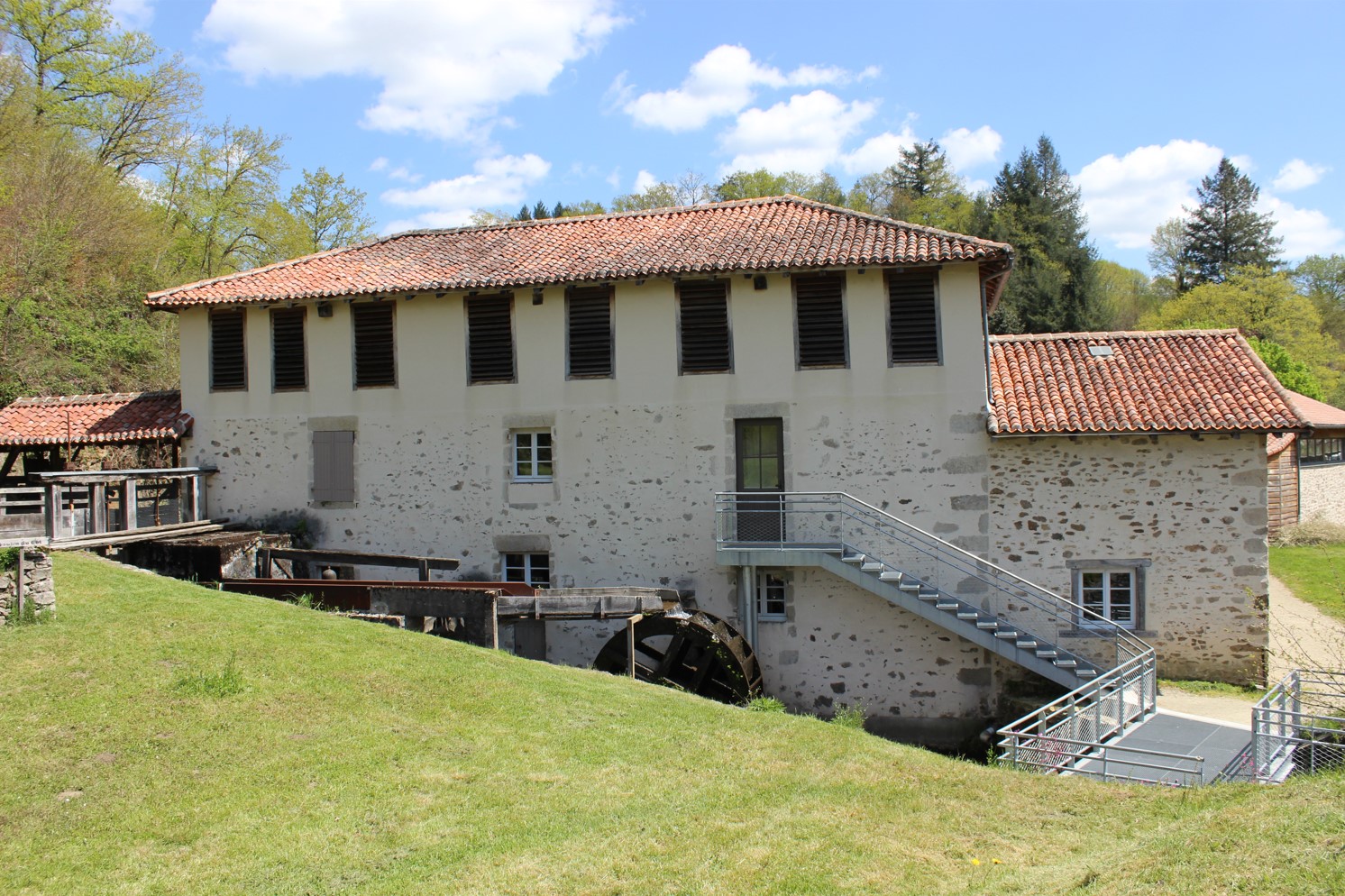
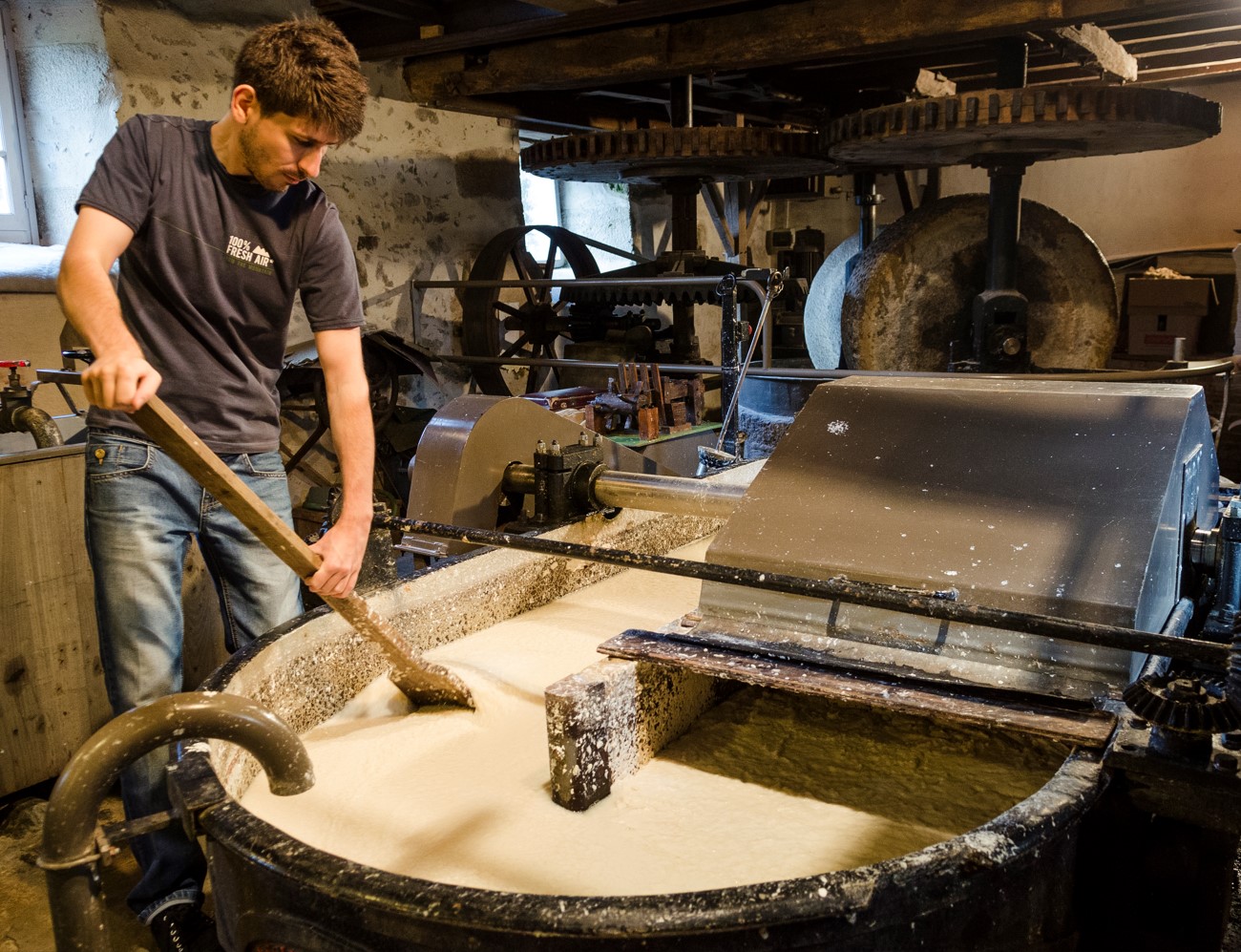
Staff picks
The marzipans of St Leo'
To be found in all good pastries in the village ! Fresh egg white, refined sugar and crushed almonds, these are the three essential ingredients used in the composition of famous Saint-Léonard marzipan, small golden pancakes, crunchy on the outside, soft on the inside and melting on the tongue!

Le Moulin du Got, the only paper mill in the region
last paper mill still active in Limousin, it revives and reinvents ancestral know-how. The Got Mill in Saint-Léonard de Noblat, it is also a visit site, an exhibition space and a center for creative workshops for everyone!
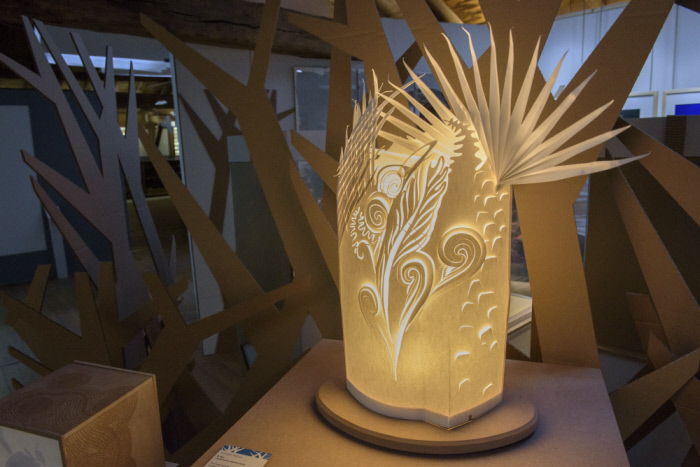
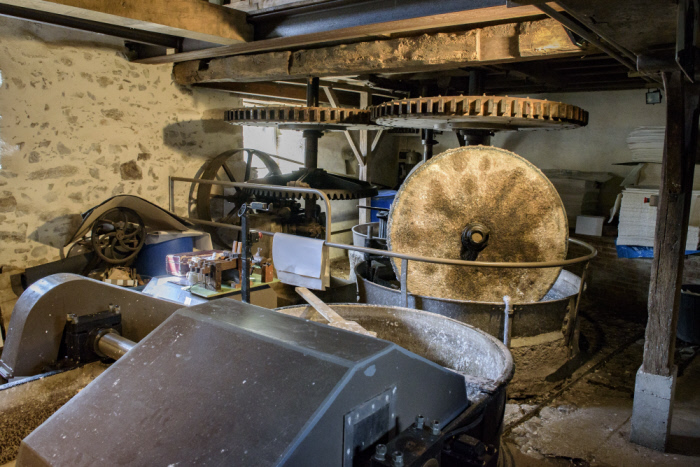
The visit of the Carpenet factory
Labeled Living Heritage Company (EPV) and Protected Geographical Indication (IGP), the artisanal and family-run factory Carpenet presents the entire manufacturing and decoration process in the tradition of Limoges porcelain through a guided tour.
